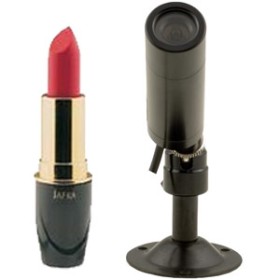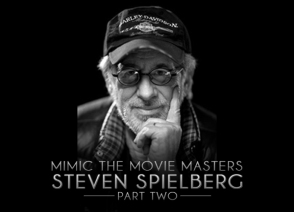
Whether you’re working on a big budget movie, a TV documentary or a low budget independent film, one thing is for sure – everyone on the crew will be giving 100 percent to make that production as outstanding as it can be… so guys, good is NOT good enough! Working towards that common cause is a keystone value of every single crew member from Runners to Directors and Producers. It’s a pride thing!
Often striving for that elusive level of perfection can create a lot of friction between people, especially when the pressure’s on.
Over the years I’ve seen many conflicts between crew members, especially when an individual’s professionalism is criticized or threatened… it’s not an ego thing, it’s just pride in doing what you do.
It’s a funny thing though, one minute we’re happily working to the best of our ability, producing work we’re proud of, then all of a sudden something horrible happens, someone (usually working in a superior position to you) comes along and rattles your cage.

Oh Dear…Mr Kubrick isn’t a Happy Bunny today!!! Courtesy tvtropes.org
It may be that they’re getting it in the neck from some big cheese Producer; for example your film is running over schedule (a classic one!) so the Producer kicks the Director’s butt and now that Director’s going to kick yours! You’re told that ‘you’re taking too long and time is running out and the budget’s running low and Blar, Blar, Blar!!!’ Now you think your professionalism is being compromised. ‘What’s this all about?’ you mutter under your breath, you may even utter an expletive or two… who knows! You may even get all protective and openly retaliate. Suddenly BOOM! You’ve got a conflict of interest on your hands that can escalate into a full stand up argument. It happens in Wardrobe, in Make-Up, in the Camera and Sound Departments… you name it. So if this happens and you’re a Director or Producer relying on the crew’s talent to give you the very best they can… now there’re all upset and boy, you’ve got a problem!
One of the main ‘Hot Spots’ can be the relationship between the Director and the Director of Photography. So before you embark on your beloved film production, here are a few tips that can make that relationship a blissful marriage rather than ‘The Clash of the Titans’! I would also advise Directors to read the tips for the DPs and vice versa, understanding each other is key to your success to being an ‘Effective Team!’ (As they say in Oblivion – great movie BTW!) So…
Continue reading →
Tags: director, Director Of Photography, Dop, DP, how to be a good director, movie making, Relationship, tips and tricks, what is a dop


























